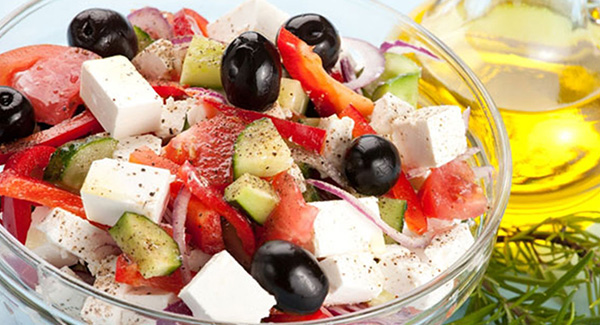What to Do When Handshaking Hurts
Learn how to ease the pain of a handshake when you have arthritis.
You’ve been there: You’re meeting someone new and he inevitably extends his hand with a well-meaning, “How do you do?” But if the joints in your hands are fragile and painful because of arthritis, your response may be a frantic, “What do I do?” If the thought of shaking hands makes you shriek, here are some polite alternatives and ways to decline:
Offer an explanation
“I think the best defense is a good offense,” says Patricia Napier-Fitzpatrick, founder and president of The Etiquette School of New York in Manhattan. She suggests saying something like, “I would love to shake your hand, but let’s make it a light one, my hands are a bit sensitive (or delicate) and firm handshakes can be painful.”
Take the lead
Before someone has the chance to grasp your hand, Napier-Fitzpatrick recommends grasping theirs – gently with both of yours. Alternatively, you could offer a few fingers or reach beyond their hand to grasp their wrist. Any of these will put less stress on your hand.
Bump it
With certain people and in casual situations, a gentle fist bump may suffice. With everyone else, Napier- Fitzpatrick urges caution. The same goes for high fives. Let your personality – and that of the person you are greeting – be the guide.
Avoid it
If you anticipate a situation where you will be expected to shake hands, make your hand unavailable. Hold something in your right hand – a drink, phone or a tissue. Or wear a splint or brace on your right hand. It will help protect your hand and let well-wishers know to proceed carefully, if at all.

Stay in the Know. Live in the Yes.
Get involved with the arthritis community. Tell us a little about yourself and, based on your interests, you’ll receive emails packed with the latest information and resources to live your best life and connect with others.


